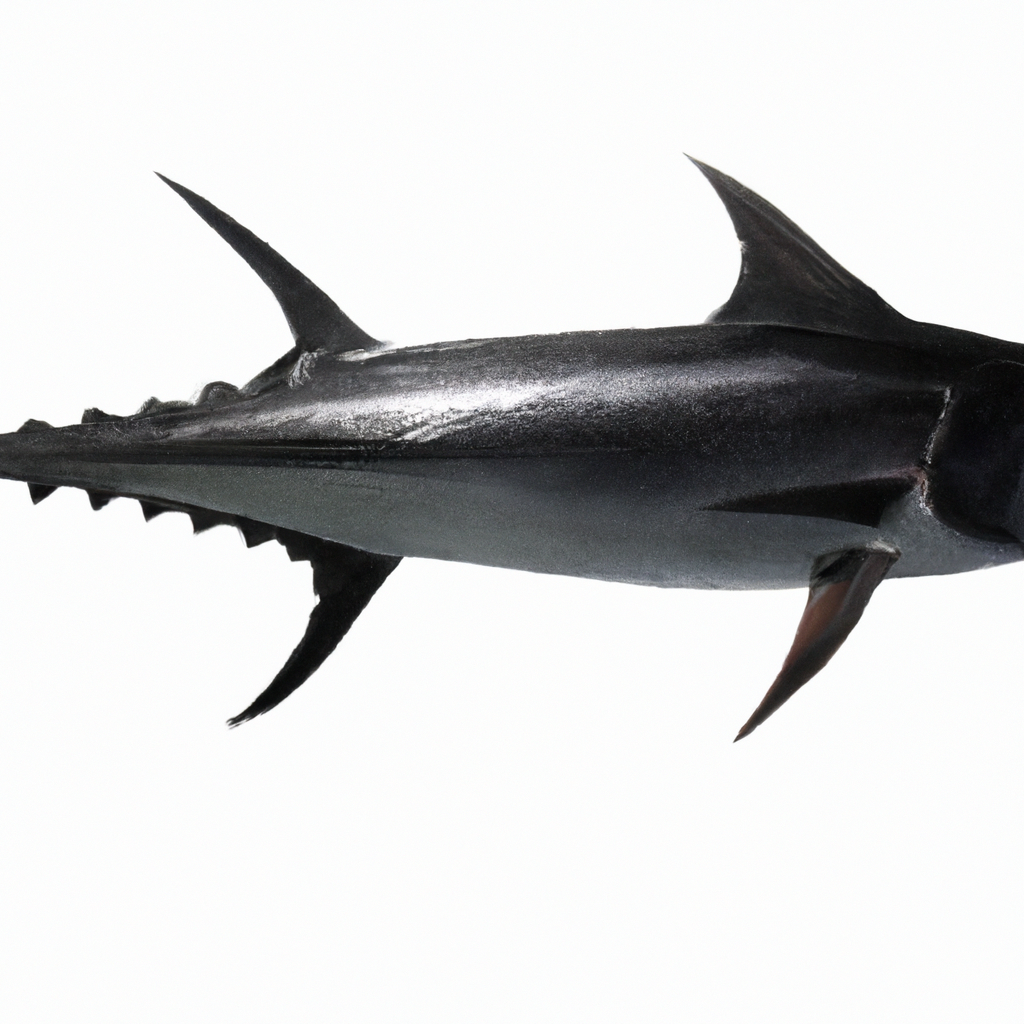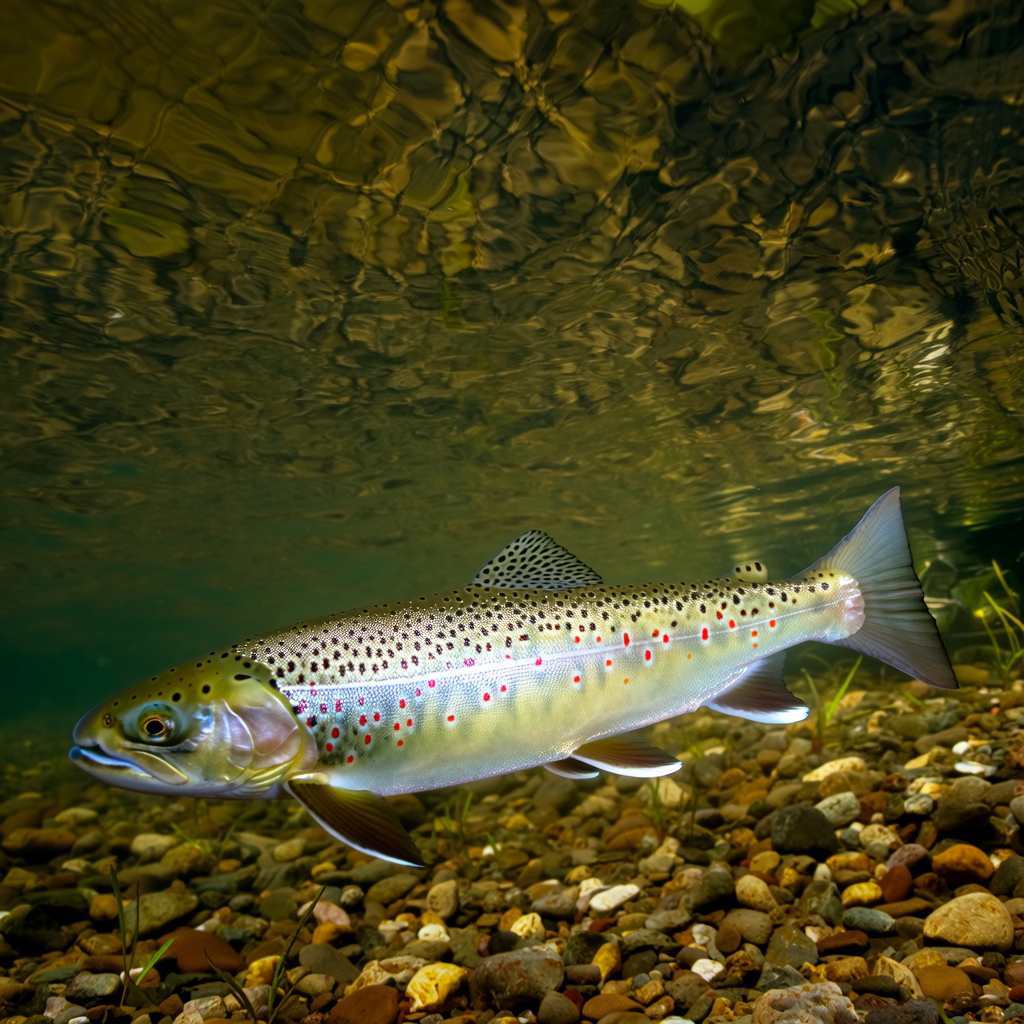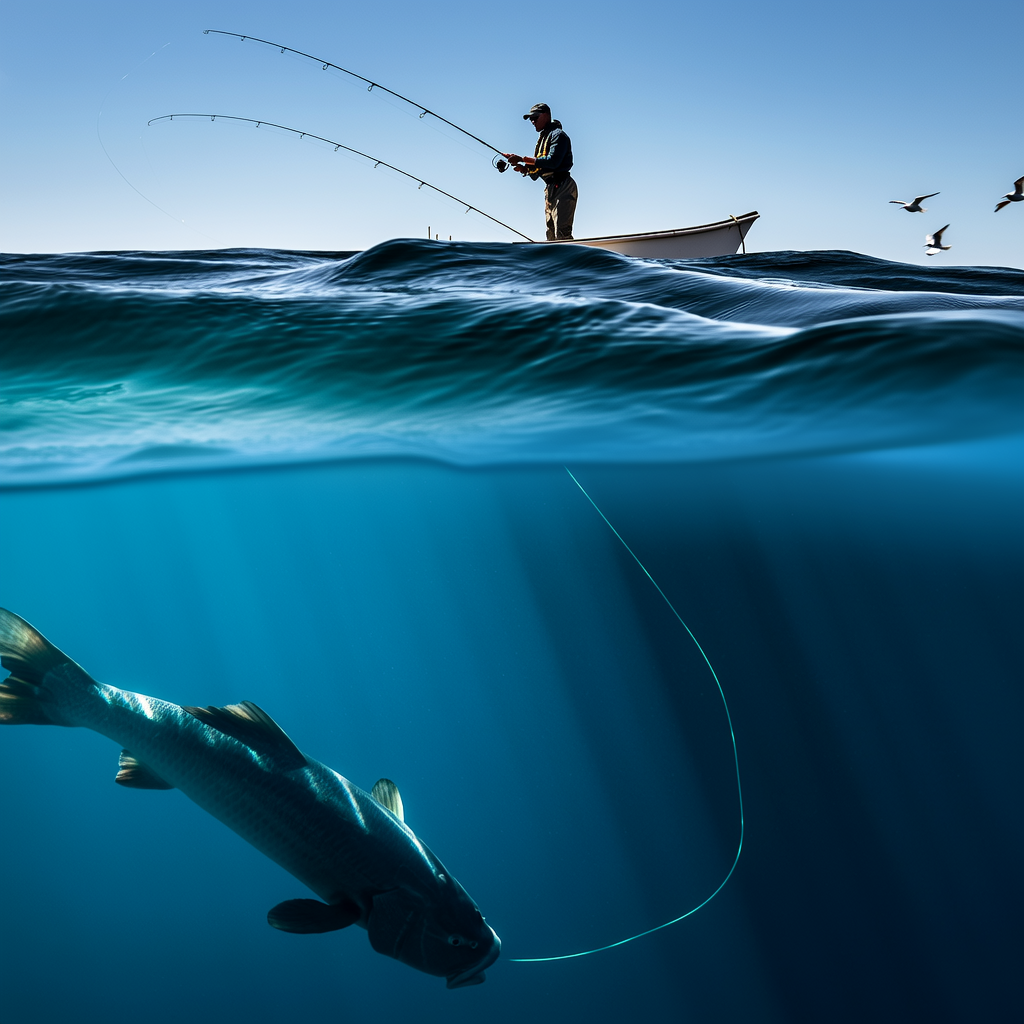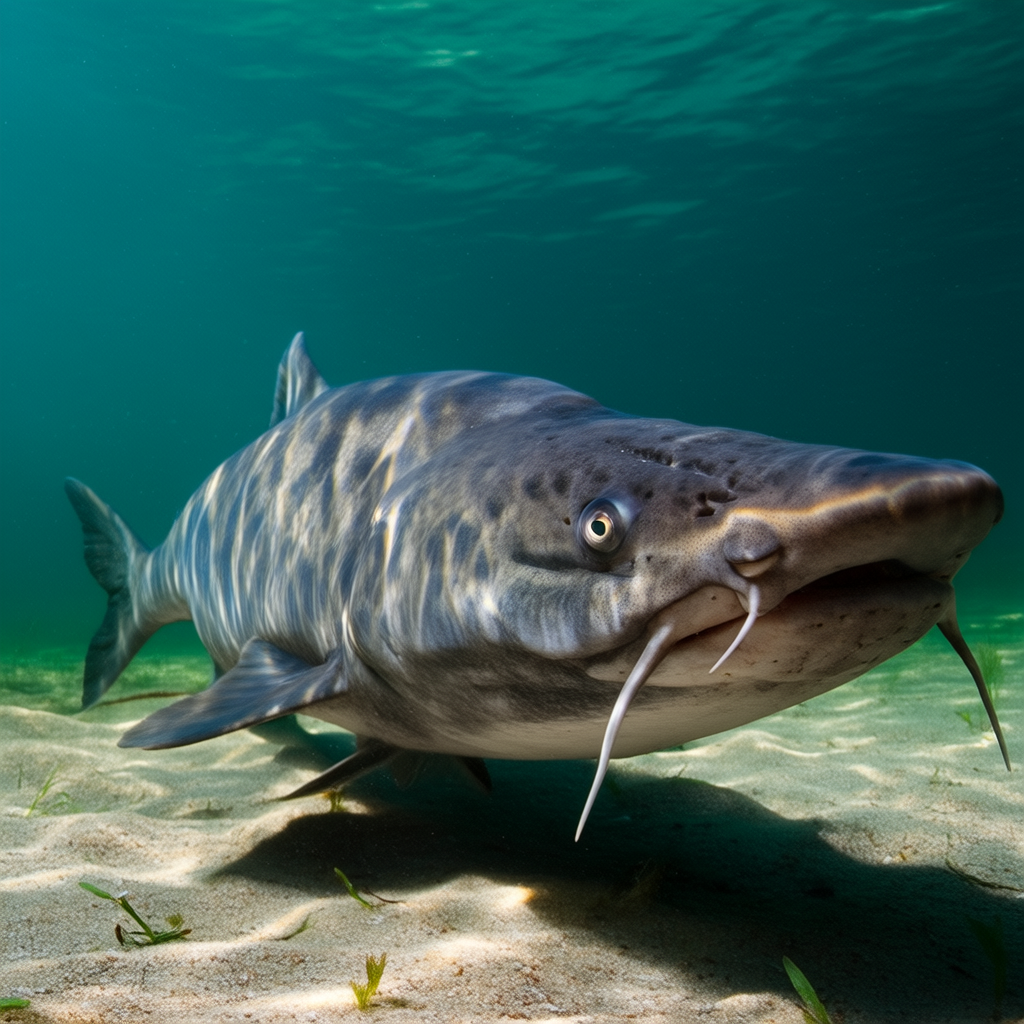The black marlin is a species found in the tropical and subtropical oceans of the Pacific Ocean and Indian Ocean. It is one of largest species of bonyfish and holds considerable importance for recreational and commercial fishing because of its size and strength.
Physical Characteristics
The black marlin has a robust cylindrical body with a pointed beak and a large dorsal fin that looks like a sail. Black marlins are capable of reaching lengths up to 16 feet (five meters) and weighing over 1,600 pounds. The dark blue to black coloration of their backs is what gives them their name.
Black marlins have powerful muscles and a streamlined body that allows them to move quickly and easily in the water. They have a dorsal and pectoral fins that allow them to make quick movements and reach top speeds up to 80 miles an hour (130 kilometers).
Their long, pointed bills resemble a spear and can be up to twice the length of their lower teeth. These bills are used to slash and stun their prey – usually small fish like mackerel and tuna.
Distribution and Habitat
The warm waters of the Indian Ocean and Pacific Ocean, especially the Red Sea, Persian Gulf and the waters around Indonesia, Australia and New Zealand, are home to black marlins. They prefer oceanic temperatures between 70degF to 85degF (29.5degC and 21degC).
They are migratory marlins and travel long distances to find food and breeding grounds. During the spawning period, which usually occurs between late spring and early summer, they are known to form large groups.
Black marlins live in the open ocean, near the continental shelf and along the coast. They can be observed at different depths, but are most often found between 100 and 150 meters (30 to 500 feet) below the surface.
Feeding Behavior
Black marlins are carnivorous and eat a variety of fish including mackerel tuna bonito and flying fish. They are opportunistic eaters and will consume squid, cephalopods, and other fish.
These marlins have a reputation for having incredible hunting skills. They ambush prey using their sharp vision, speed and powerful jaws. When hunting, they swim at high speed near the surface to better spot their prey.
The black marlin accelerates quickly and strikes their prey with their bill once they have found a suitable target. They cause serious damage by slashing their prey and then swallowing it whole.
Fishing for Black Marlin
Recreational anglers are attracted to black marlins because of their size and fighting ability. They are known for their acrobatic jumps and powerful runs when hooked. This makes for an exciting fishing experience.
Black marlin fishing involves trolling large artificial lures and natural baits such as whole fish, squid or squid to attract these majestic creatures. To handle the strength and endurance these fish, heavy-duty fishing equipment and tackle is required.
Black marlin fishing is popular in many areas, including the Great Barrier Reef of Australia, the coasts of Costa Rica and the waters around Cabo San Lucas, Mexico. To ensure the survival of the species, strict regulations are in place.
Conservation Status
The International Union for Conservation of Nature has classified the black marlin as a species of low concern. Despite the high commercial and recreational value of this species, estimates and trends are still uncertain due to a lack of data.
There have been concerns over possible overfishing, and habitat degradation, affecting black marlin population, especially in areas that are heavily targeted. To better understand and manage this magnificent fish, monitoring programs and additional research are required.
Conclusion
The black marlin, a majestic species, is both captivating and challenging to anglers as well as researchers. It is a true marvel of the sea, with its incredible size, strength and agility. As we continue to explore our marine ecosystems and appreciate their wonders, it’s important to ensure that the black marlin is conserved and managed responsibly for future generations.




